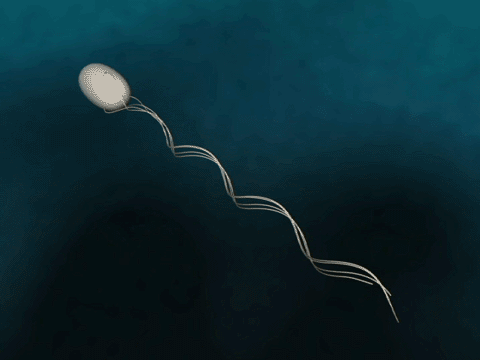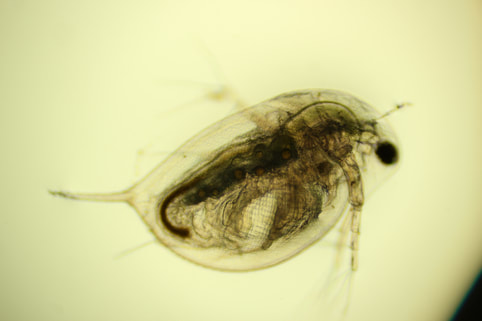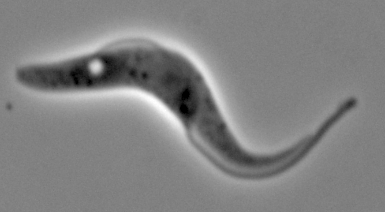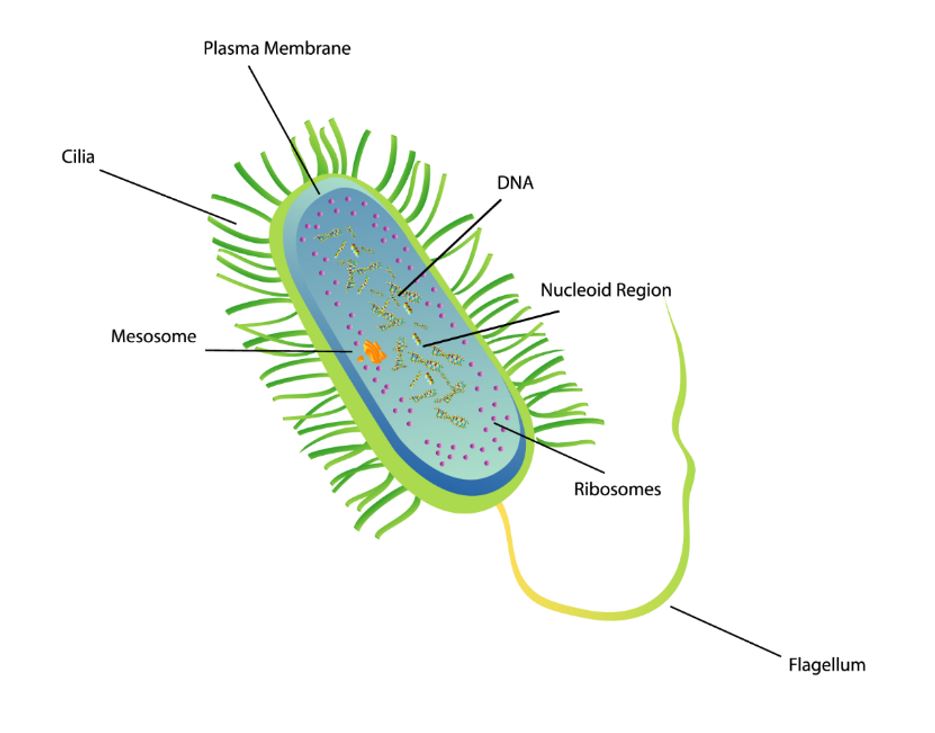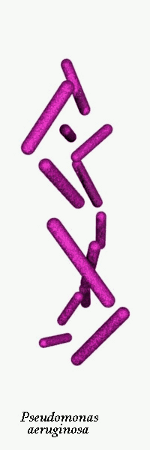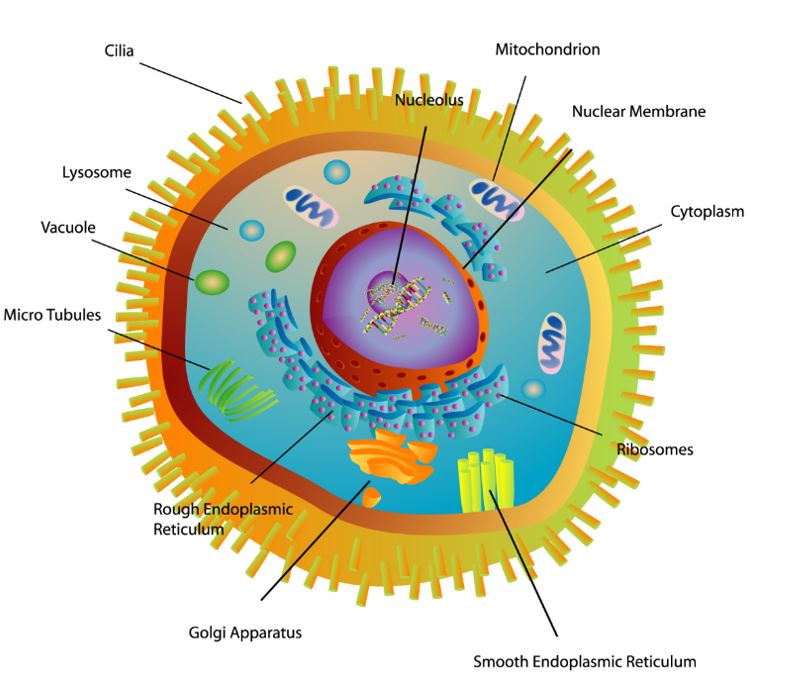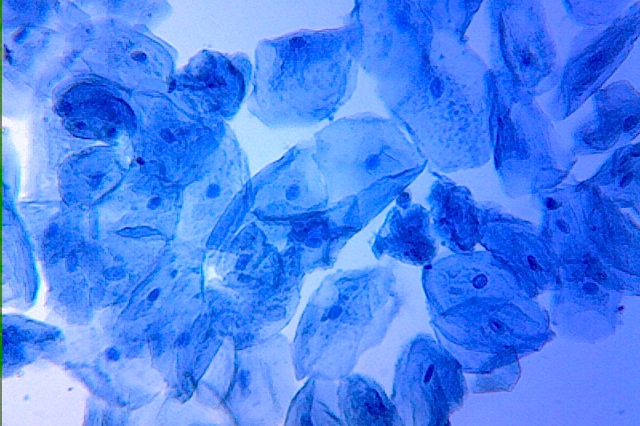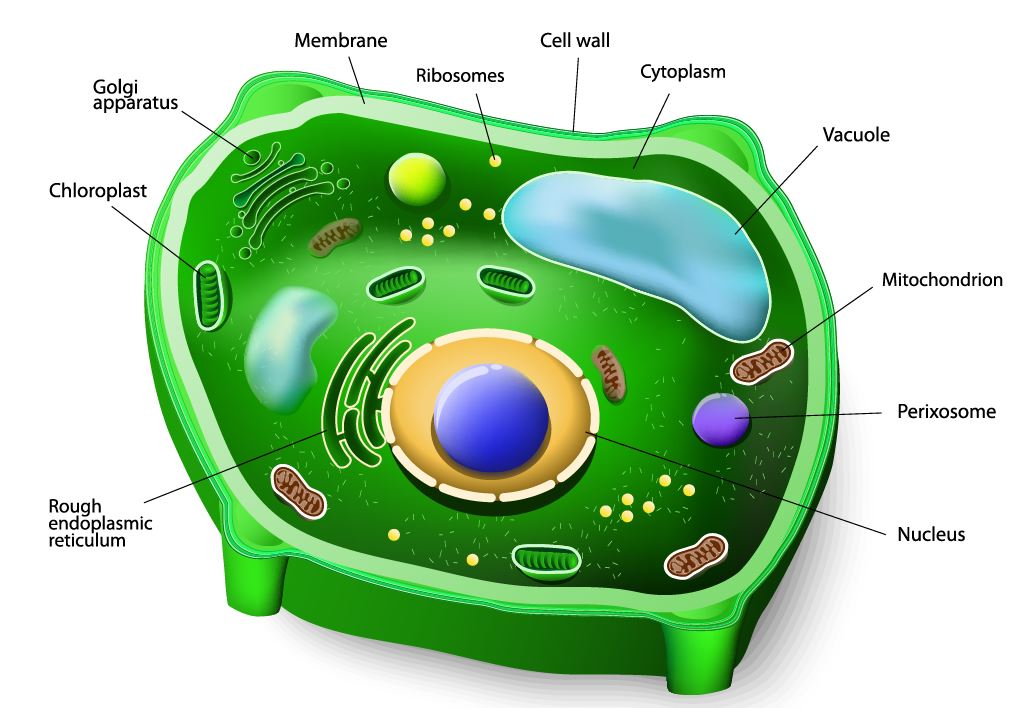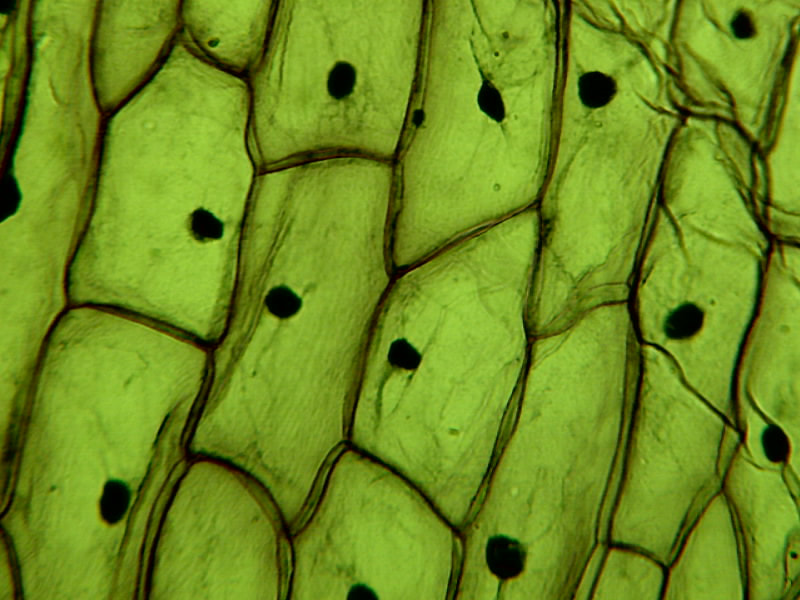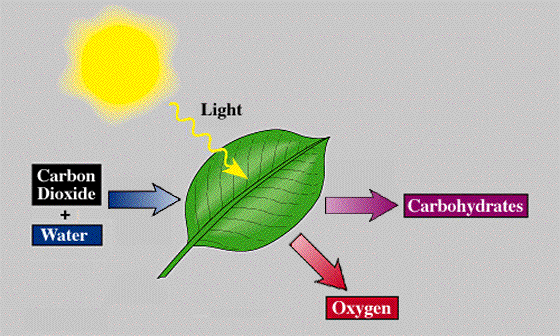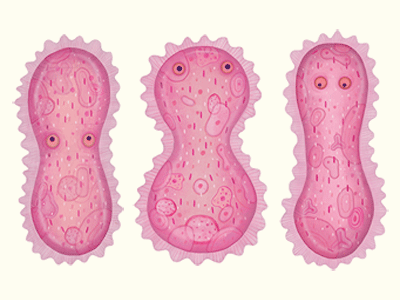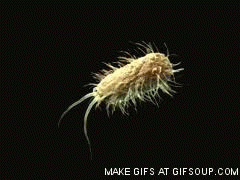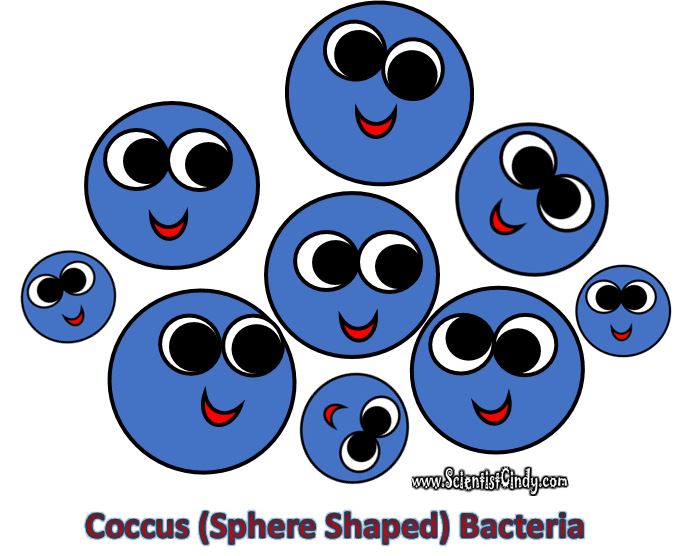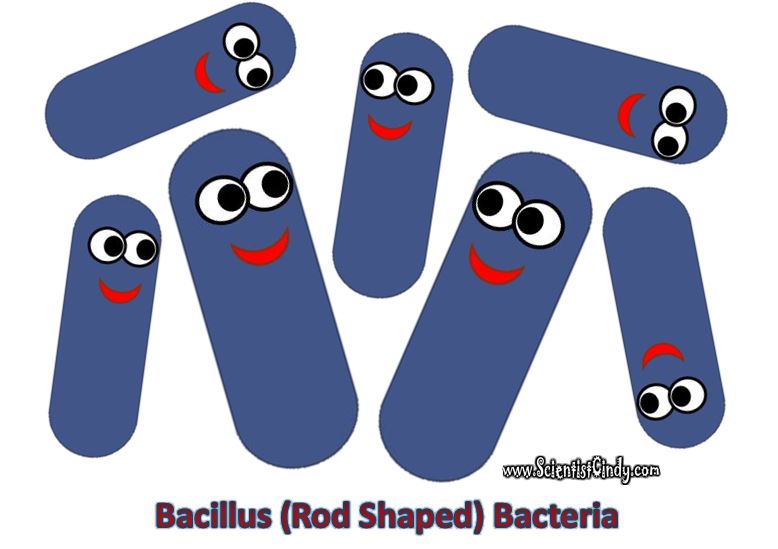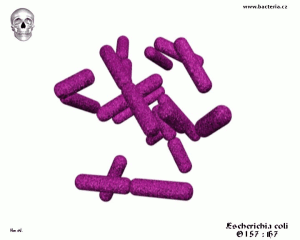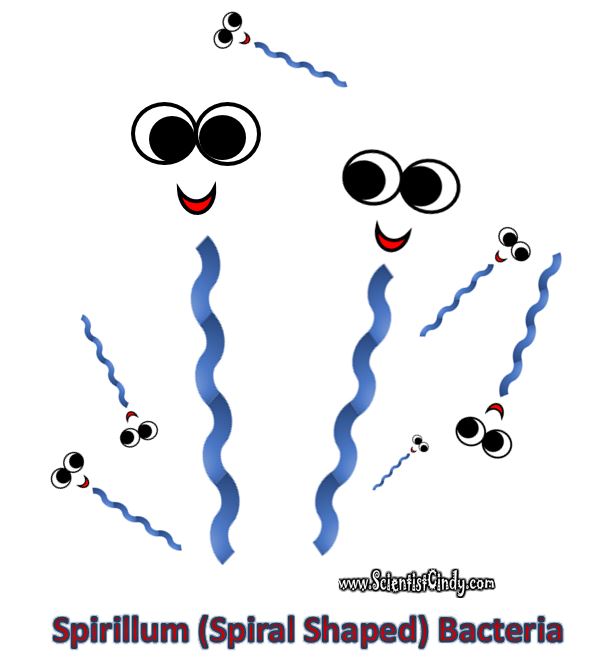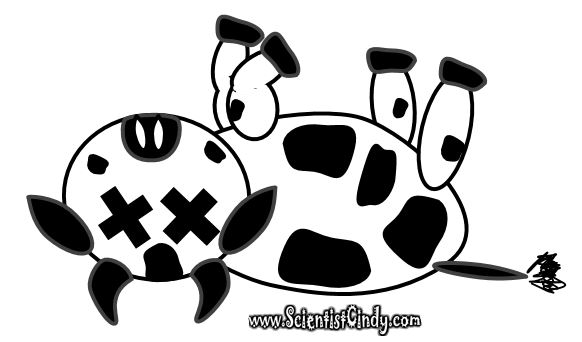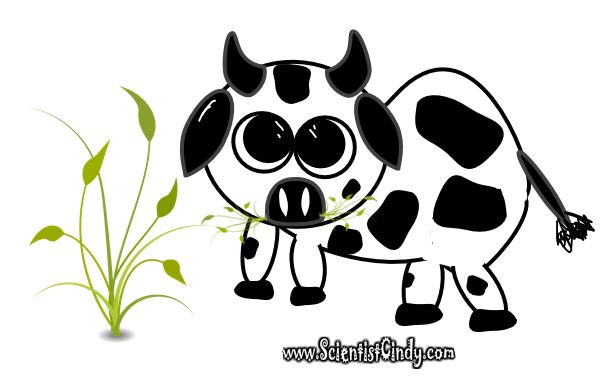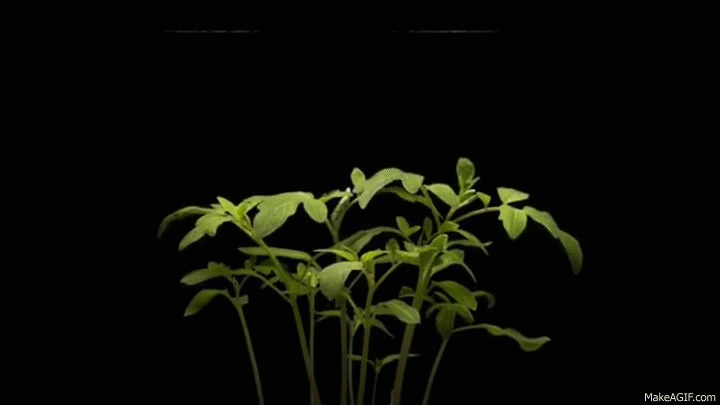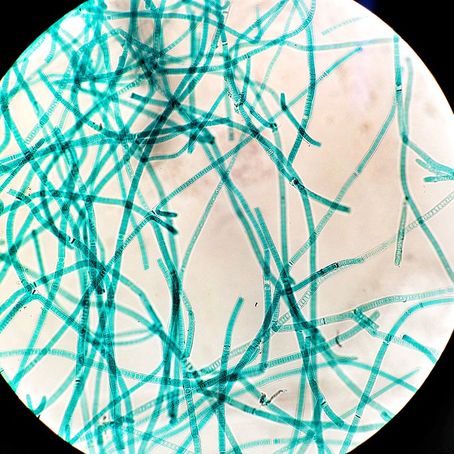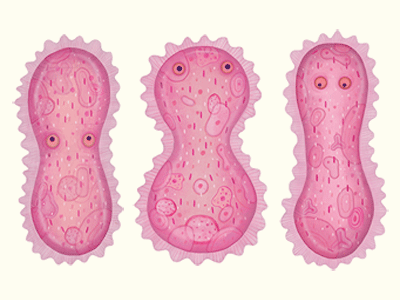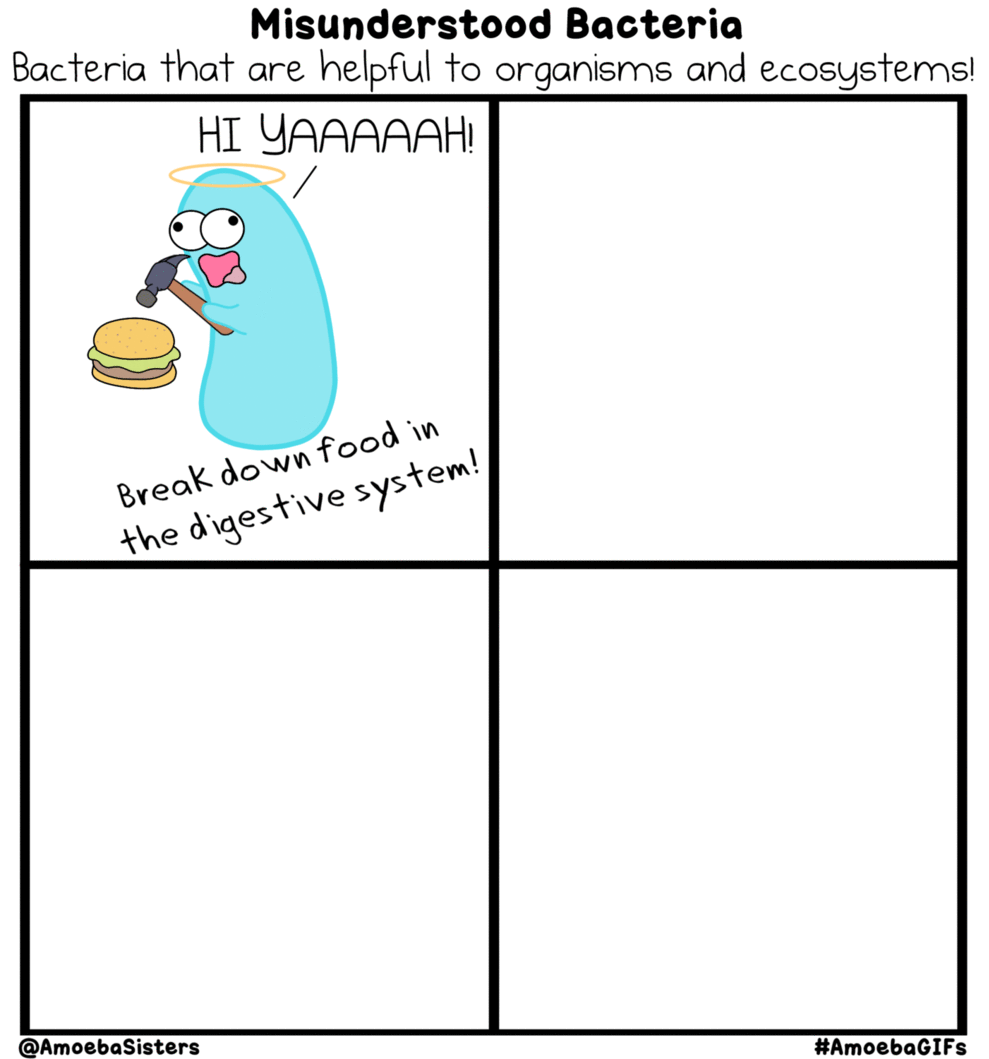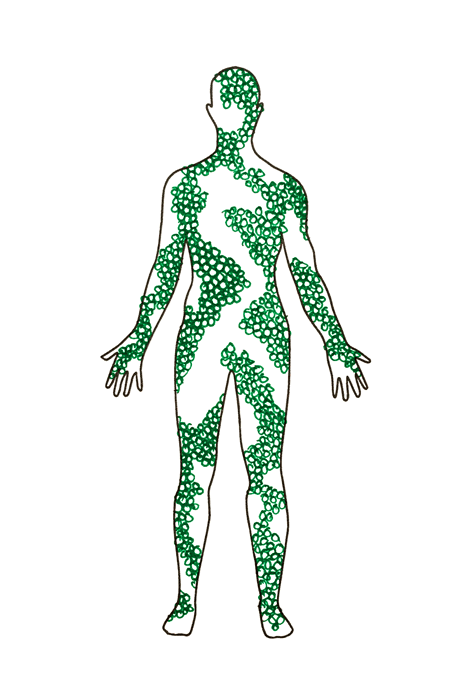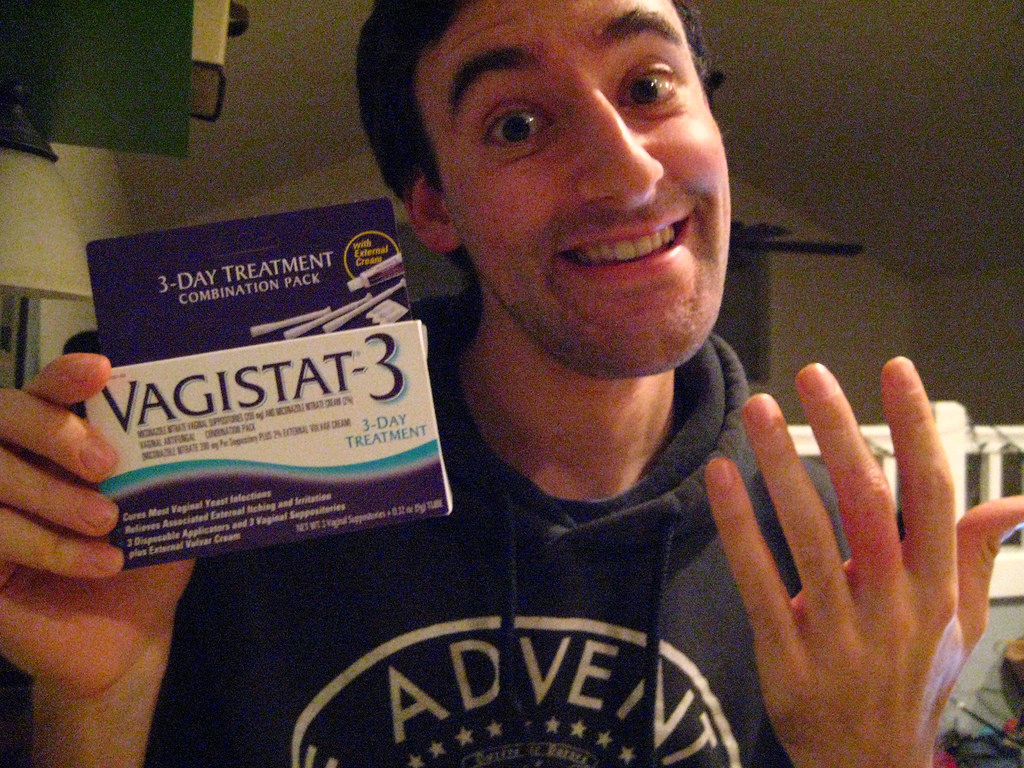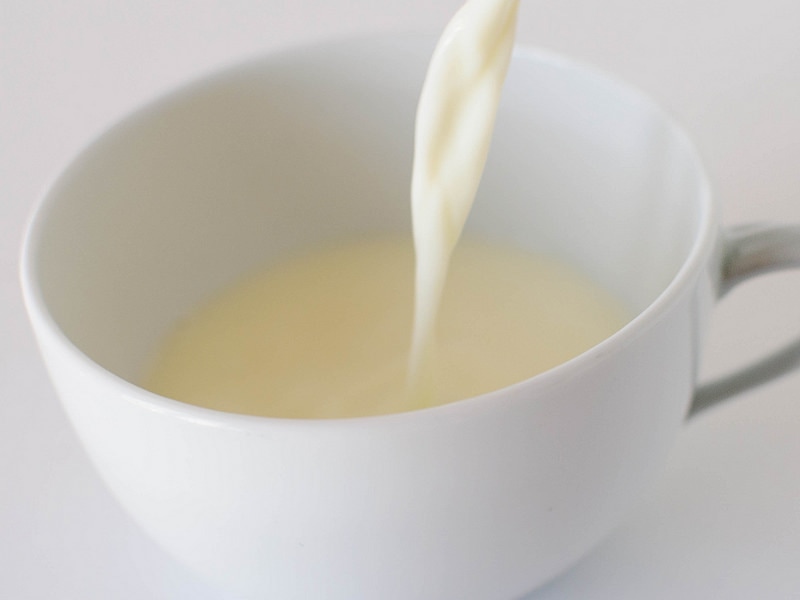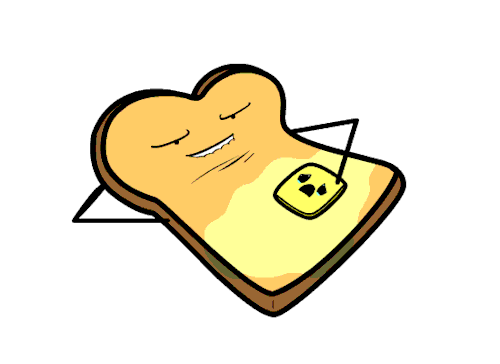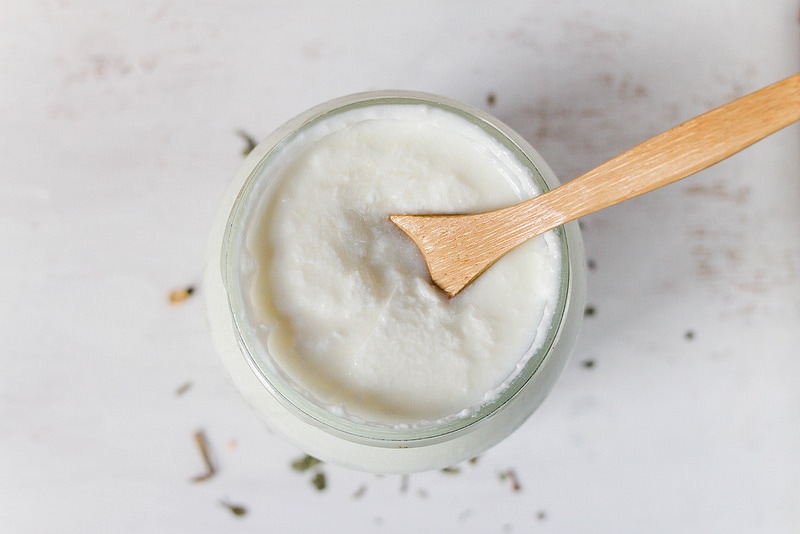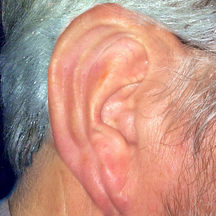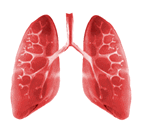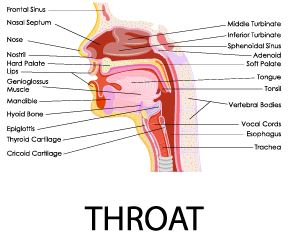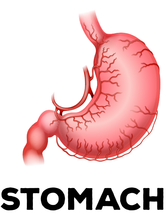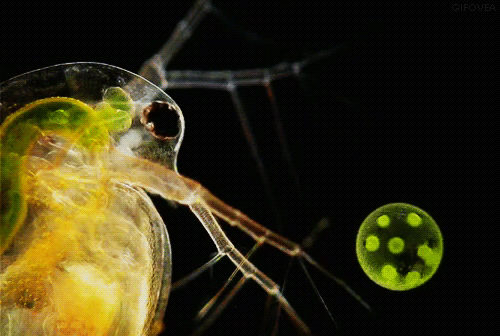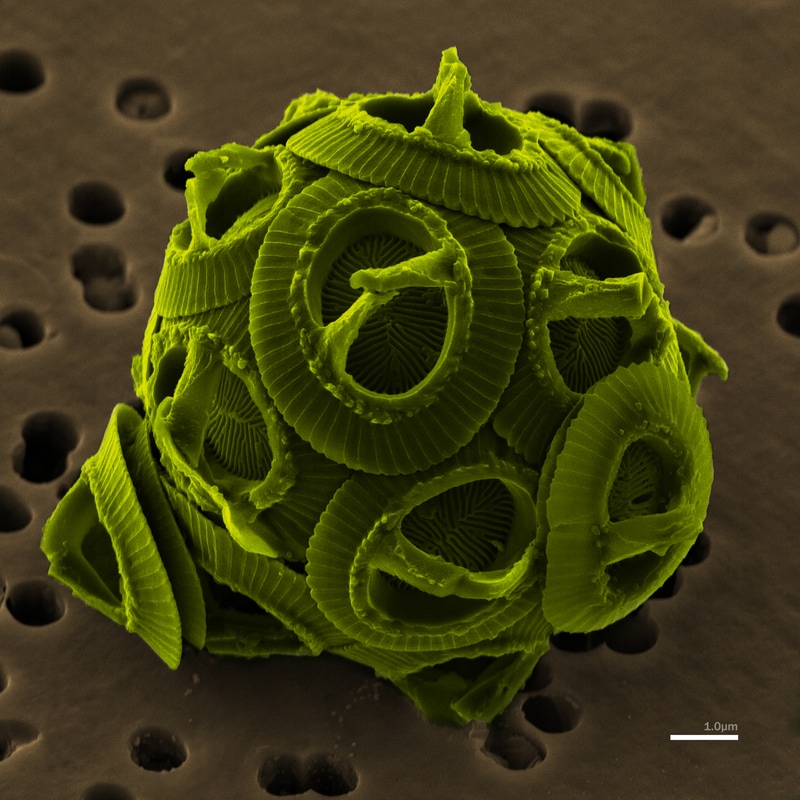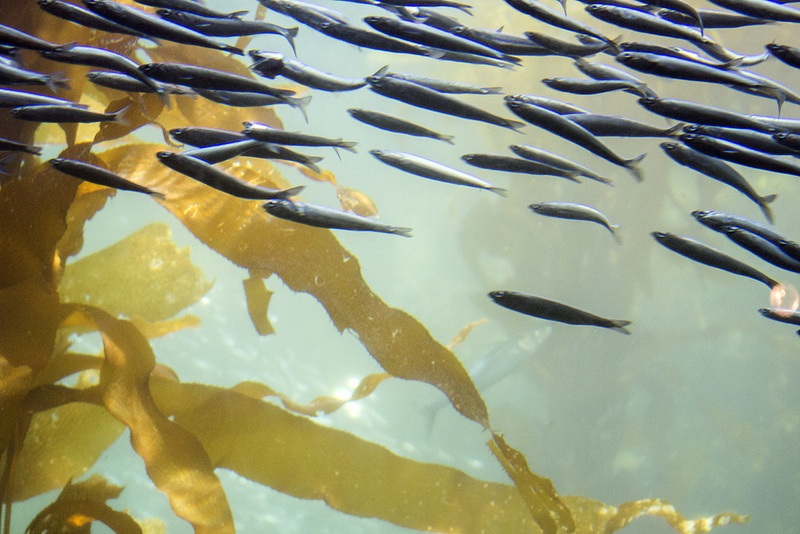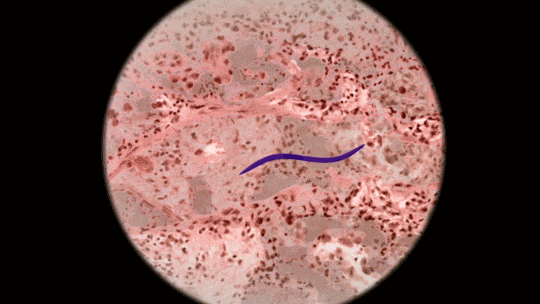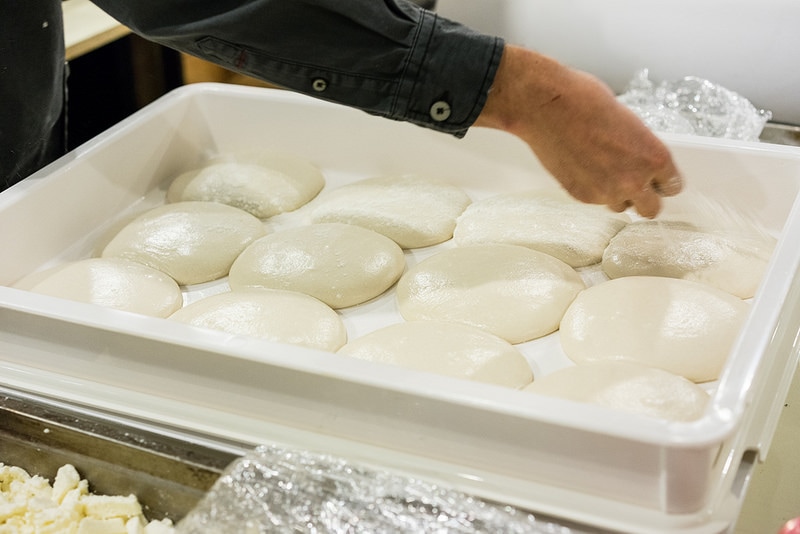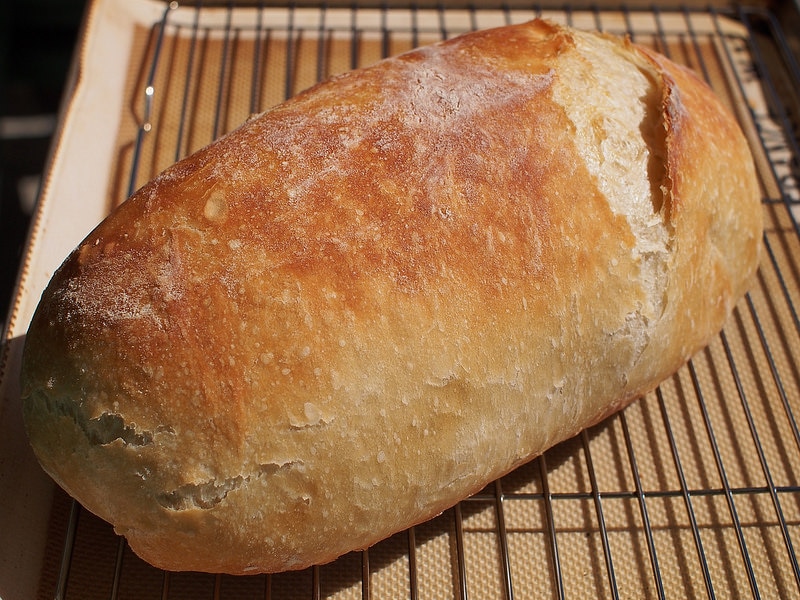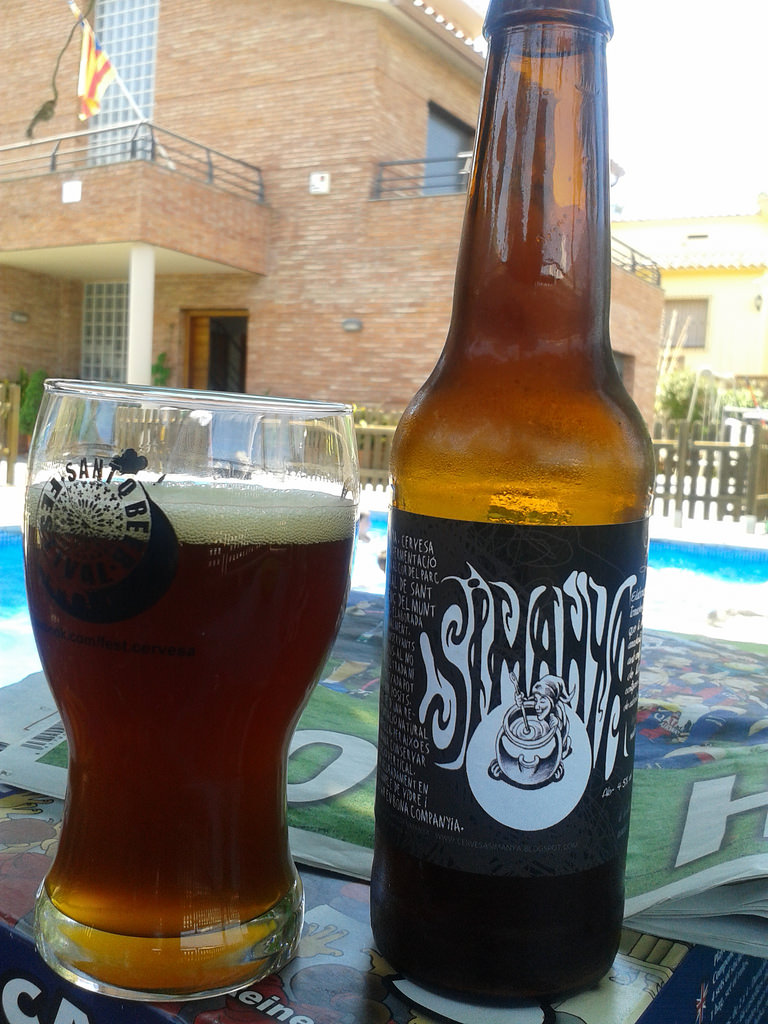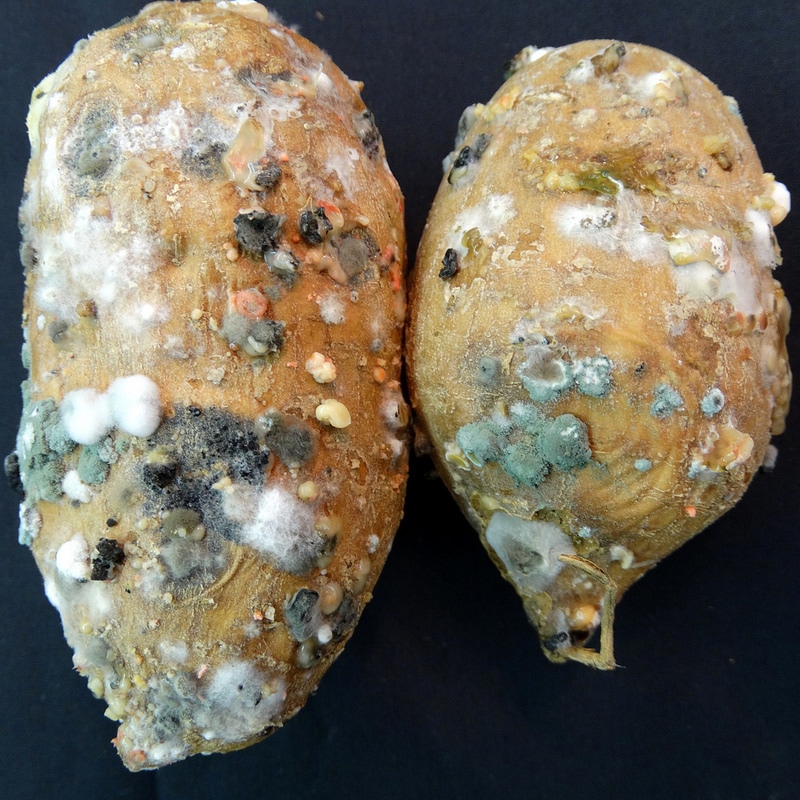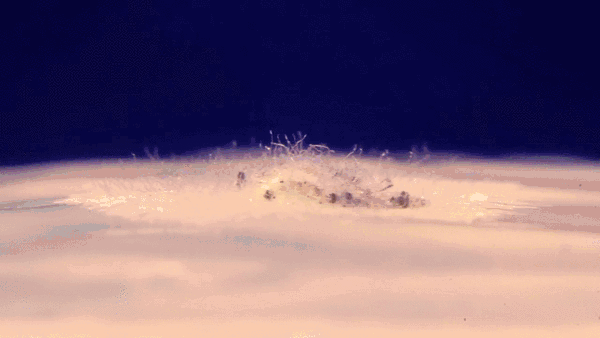General Biology Lab
Diversity of Organisms: Bacteria, Protista and Fungi
The cell is the fundamental unit of life. All living things are made up of one or more cells.
Cells can be Prokaryotic or Eukaryotic |
|
All Living Organisms can be Divided into 3 Domains
I. Archaea
II. Prokaryota (Prokaryotic Organisms)
|
|
III. Eukaryota (Eukaryotic Organisms)
Cells are divided into two broad categories;
Prokaryotic Cells and Eukaryotic Cells.
PROKARYOTIC CELLS
|
Prokaryotic cells have NO membrane-bound organelles and NO membrane-bound nucleus.
- Prokaryotic cells (otherwise known as bacteria)...
Prokaryotic (Bacteria) Cell |
|
Eukaryotic Cells
Eukaryotic Cells = DEFINITION - Have a membrane bound nucleus and have membrane-bound organelles
Eukaryotic cells include both both plant and animal cells.
Eukaryotic ANIMAL CELL |
Eukaryotic PLANT CELL |
Modes of Nutrition
A. Autotrophic (aka Producer)
|
B. Heterotrophic (aka Consumer)
|
BACTERIA
Bacteria cells are exceedingly small and enormously numerous. Bacteria have been discovered in some of the most inhospitable environments on Earth. Bacteria have been found in not only is water and soil samples, but in sulfurous underwater sea vents, acidic hot springs, and even radioactive waste. A single tablespoon of soil or water can contain millions of bacteria cells. They are, by far, the most numerous life form on Earth.
|
3 Basic Shapes of Bacteria
COCCUS Cocci (spherical)
a. Strep throat - Streptococcal bacteria cause a variety of infections in the body, including pneumonia, meningitis, ear infections, and strep throat. |
BACILLUSBacillus (rod-shaped) -
a. Anthrax is caused by Bacillus anthracis and Bacillus cereus can cause two distinct types of food poisoning. |
SPIRILLUMSpirillus (spiral)
a. All are aquatic except for one species (S. minus) that causes a type of rat-bite fever in man. Can cause Lyme Disease and Syphillis. |
Bacteria’s Role in the Ecosystem
Bacteria act as decomposers and producers in ecosystems
A. Bacteria Act as decomposers in the Carbon Cycle 1. Organic carbon, in the form of dead and rotting organisms, would quickly deplete the carbon dioxide in the atmosphere if not for the activity of decomposers. |
2. When organisms die, the carbon contained in their tissues becomes unavailable for most other living things UNLESS it is decomposed! 3. Decomposition is the breakdown of these organisms, and the release of nutrients back into the environment, and is one of the most important roles of the bacteria. |
B. Bacteria Act as Decomposers in the Nitrogen Cycle
1. The cycling of nitrogen is another important activity of bacteria.
2. Plants rely on nitrogen from the soil for their health and growth, and cannot acquire it from the gaseous nitrogen in the atmosphere. |
3. The primary way in which nitrogen becomes available to them is through nitrogen fixation by bacteria such as Rhizobium, and by cyanobacteria such as Anabaena, Nostoc, and Spirulina. |
Cyanobacteria
Cyanobacteria participate in the nitrogen cycle as decomposers. They are one of the very few organisms that can convert nitrogen (N2) into nitrates and ammonia which plants need to grow. Cyanobacteria are sometimes referred to as "blue-green algae", but they ARE NOT ALGAE! In fact, they are not even in the same domain as algae! Algae belong to the domain Eukaryota, while cyanobacteria are in the domain Prokaryota. Cyanobacteria get their blue-green color from the presence of green chlorophyll (green) and phycocyanin (blue-green). |
BAD BACTERIA
Good Bacteria
- Good bacteria assist the body’s immunity, making the body less hospitable to bad bacteria and other harmful pathogens. |
Humans and other animals have a mutualistic symbiotic relationship with many species of bacteria that make their home in the our mouth, nose, throat, and intestines. A mutualistic relationship is beneficial to both organisms involved. In this situation, the bacteria benefit from using the host as a habitat that provides the nutrients bacteria need to survive. The human (or animal) benefits from this relationship, because the 'good' bacteria helps prevent harmful bacterial or fungal infections. |
Bacteria are an integral (and even necessary) part of the human body. It is estimated that the human body itself consists of 10 times more bacteria cells than human cells! That comes to a whopping 100-trillion bacterial cells. The portion of our bodies that consist of these bacterial cells has been coined "the human microbiome".- In the human gastrointestinal tract, good bacteria aid in digestion. These bacteria are marketed to the public as PROBIOTICS! |
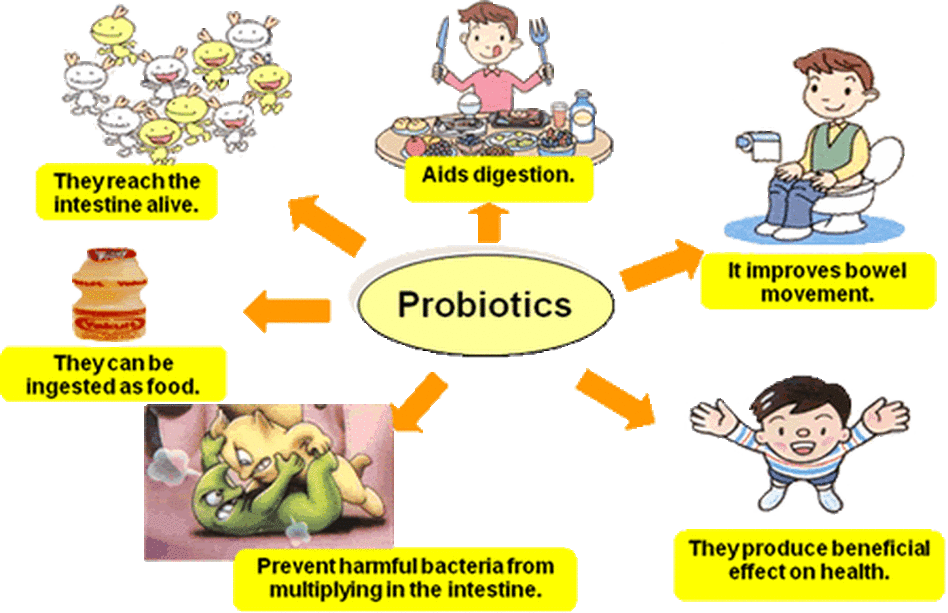
Illustration Courtesy of alivebynature.com/lactobacillus-gasseri-the-weight-loss-probiotic
Bacteria reside on our skin, in our mouth, in our lungs, in our nose, on our eyelashes and in in our eyes!
|
Healthy bacteria reside in the vagina that function to regulate the growth of yeast and, thereby, help protect against yeast infections. |
GOOD BACTERIA IN FOOD
Good bacteria are used to make some of the foods we enjoy.
COMMON AREAS OF BACTERIAL INFECTION include...
all of the moist body cavities!
|
|
|
Protists
Protists are eukaryotic organisms that are single-celled organisms that can usually be found in pond water.
The domain Eukarya is divided into the following four kingdoms.
1. PROTISTA - Protists are a large diverse group of relatively simple organisms composed of usually just one eukaryotic cell, but can also be multi-cellular.
2. FUNGI - Fungi are organisms that secrete digestive enzymes onto their food which breaks it down. Once broken down, the fungi can then absorb the nutrients.
3. PLANTAE - Plants produce their own food using sunlight through the process of photosynthesis.
4. ANIMALIA - Animals rely on consuming other organisms as a food source.
- The two major categories of protists are
|
|
ALGAE
A. Algae are simple plants that can range from the microscopic (microalgae), to large seaweeds (macroalgae), such as giant kelp more than one hundred feet in length.
|
|
Uses of Algae in Food and Nutrients
|
|
Watch this video that explains how we might be living off of a pure algae diet in the future!
1. It is a complete protein with essential amino acids (unlike most plant foods) that are involved in major metabolic processes such as energy and enzyme production.
|
3. It contains an extensive fatty acid profile, including Omega 3 and Omega 6. These essential fatty acids also play a key role in the production of energy.
4. It has an abundance of vitamins, minerals, and trace elements in naturally-occurring synergistic design.
PROTOZOA
Common Protists include:
|
A short video of an amoeba eating.
Short Video of Paramecium
|
Illnesses Caused by Protozoa! Example = MALARIA
A. Plasmodium is a genus of parasitic protozoa, many of which cause malaria in their hosts.
B. Spread by mosquitos.
Symptoms include fever, vomiting, headache, jaundice, seizures or coma. Can be fatal. According to the World Health Organization, Malaria effected approximately 296 million people in 2015. Malaria is believed to have caused 730,500 of these infected people to die. (wikipedia)en.wikipedia.org/wiki/Malaria |
Fungi
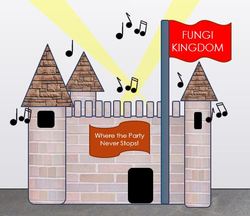
A fungus is any member of the group of eukaryotic organisms in the KINGDOM FUNGI. This includes unicellular microorganisms such as yeasts and molds, as well as multicellular fungi that produce familiar fruiting forms known as mushrooms.
A. Yeast
Yeast is a microscopic fungus consisting of single oval cells that reproduce by budding, and are capable of converting sugar into alcohol and carbon dioxide.
Yeasts are eukaryotic, single-celled microorganisms classified as members of the fungus kingdom.
A. Yeast
Yeast is a microscopic fungus consisting of single oval cells that reproduce by budding, and are capable of converting sugar into alcohol and carbon dioxide.
Yeasts are eukaryotic, single-celled microorganisms classified as members of the fungus kingdom.
MOLD
|
|
A. Mold grows on bread when the bread comes in contact with dust that is carrying fungi, which are tiny microorganisms.
|


